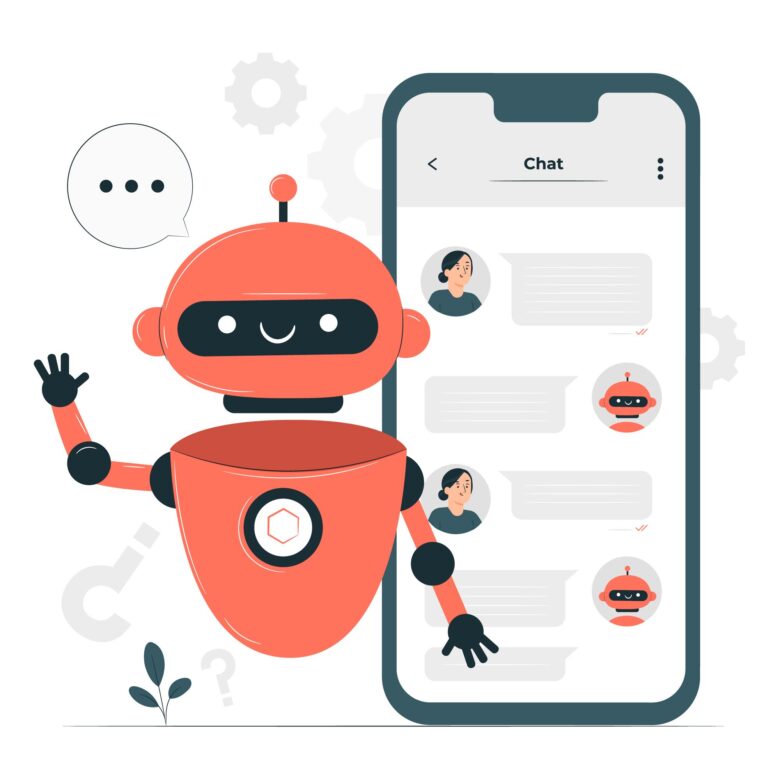Navigating the tech jargon around AI can be overwhelming, especially when you’re investing in cutting-edge models like GPT-4. One term that often raises eyebrows is the API. Let’s demystify this and explore what it means for your GPT-4 experience.
The API: Breaking it Down
An API, or Application Programming Interface, is a bridge between different software applications. Think of it as a translator that facilitates conversation between two individuals who speak different languages.
In the context of OpenAI, the API is your gateway to GPT-4. It lets your applications, tools, or platforms communicate with GPT-4, making it easier to harness the power of this AI without the fuss of setting everything up on your end.
What’s Special about a ‘Comprehensive’ API?
When we talk about a “comprehensive” API for GPT-4, we’re hinting at:
- Blazing Fast Performance: Speedy responses and more uptime.
- Precision Control: Fine-tuning your interactions with GPT-4.
- Seamless Integration: Easily connect GPT-4 to your tools and platforms.
- Crystal Clear Guidance: Detailed guides to assist even the newest of developers.
The Big Question: Is the API Part of My GPT-4 Purchase?
This is where things can get a tad tricky. Here’s the lowdown:
- Model Licensing: Just because you have access to GPT-4 doesn’t guarantee unlimited free rides on the OpenAI API express. These are typically distinct.
- API Costs: Tapping into GPT-4 via OpenAI’s API might come with its price tag, usually based on how much you use it. This is because serving millions of requests via an API isn’t a walk in the park—it demands resources, maintenance, and more.
Key Takeaways
If you’re gearing up to weave GPT-4 into your projects, remember:
- API ≠ Free Access: Having GPT-4 access and using the API might have separate costs.
- Do Your Homework: Always refer to OpenAI’s official terms, conditions, and pricing.
- Celebrate the Power: Despite the intricacies, you’re at the forefront of AI technology. Embrace it!
